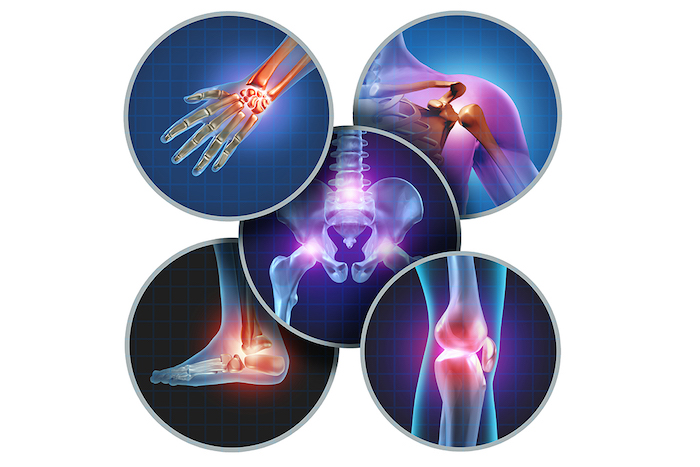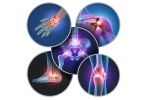
When you desperately need pain relief and you don’t want surgery, interventional medicine specialists can help. Interventional medicine is a field that specializes in relieving your pain by directly treating its source: the nerves sending the pain signals.
Interventional procedures are primarily considered after conventional medical treatments fail to provide pain relief and before you resort to surgical intervention. These three nonsurgical treatments are only a few of the many pain-relieving options.
Nerve Block
A nerve block is an injection that targets the nerve or pain receptor responsible for your pain. The injection contains an anesthetic medicine that blocks the nerve signal, so it can’t send a message to your brain. When your brain doesn’t receive the nerve signal, you won’t feel the pain.
The anesthetic in a nerve block is typically mixed with a steroid that reduces inflammation and provides longer-lasting pain relief.
The pain management specialist also uses nerve blocks diagnostically to verify that your pain is due to the targeted nerve. After injecting the anesthesia, your doctor knows it’s the correct nerve if your pain goes away.
Nerve blocks can target many different nerves to help alleviate pain from numerous conditions. Here are just two examples:
Lumbar Sympathetic Nerve Block
Targets nerves in your lower back to relieve leg and foot pain caused by conditions such as complex regional pain syndrome and vascular insufficiency.
Genicular Nerve Block
This nerve block targets nerves in your knee and is primarily used to alleviate pain from arthritis.
Root Block
A root block, another type of nerve block, specifically targets a nerve root. Although you have a diverse network of nerves that go throughout your body, each nerve doesn’t randomly thread through your spine on its own. Inside the spinal canal, they travel together in bundles.
The nerves that leave your brain, go through your spine in two bundles one that will take messages to the left side of your body and the other to the right.
At each vertebra, openings on both sides of the bone allow a smaller cluster of nerves to leave the spine. As soon as they’re out of the spine, the individual nerves branch away from the bundle and head toward all parts of your body.
The same thing happens in reverse for sensory nerves that carry information from your body to your brain. These nerves come together and enter your spine in bundles.
The bundles of nerves found at each vertebra are called nerve roots. Your doctor performs a nerve root block by injecting a local anesthetic, with or without a steroid, into or near a specific nerve root. The results achieve a broader range of relief.
Epidural Injection
An epidural injection is a procedure in which medication is placed into an area of your spine called the epidural space. When your doctor injects a steroid and anesthetic mixture into this space, they can flow around the targeted nerve, bathing it in pain-relieving medication.
With an epidural injection, you can get enough pain relief to start a physical therapy program, which helps you reduce pain and maintain mobility for the long term.
Epidural steroid injections provide relief for a variety of back conditions such as:
- Herniated disc
- Osteoarthritis
- Spinal stenosis
- Sciatica
- Degenerative disc disease
- Spondylolisthesis
Precision Pain Care and Rehabilitation has four convenient locations in Richmond Hill – Queens and New Hyde Park, Lindenhurst, and Valley Stream – Long Island. Call the Queens office at (718) 215-1888, or (516) 419-4480 for the Long Island offices, to arrange an appointment with our Interventional Pain Management Specialist, Dr. Jeffrey Chacko.













